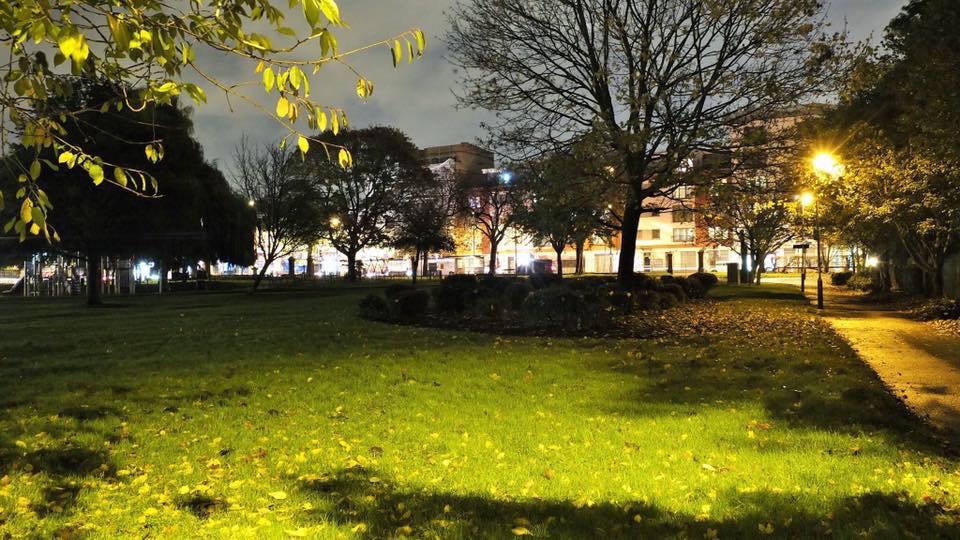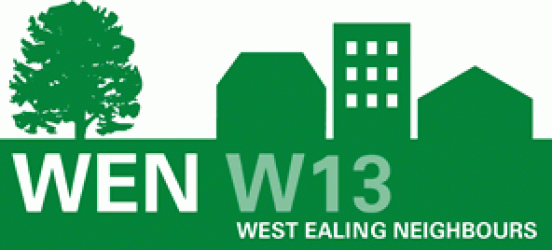This might be viewed as a continuation of our 10 July 2025 article within the Local Plan blog.
New Ealing Draft Community Infrastructure Levy (CIL) Government Examination
This examination took place at Perceval House, Ealing on Tuesday 5 August 2025. It was first scheduled to take place on 4 June 2025. However Ealing’s largest housing developer – Berkeley Homes – raised written objections to the draft proposals – so a new date was found to give time for LBE to gather together its response.
In its initial objection to the CIL proposals, Berkeley Homes said they first became involved with the old Gas Works site in Southall in 2014. This is not quite correct. National Grid had obtained outline planning consent to develop the site in September 2010. Berkeley then took over the project and gained a certificate of lawful development to proceed with it in 2013. Apart from its legal arguments, Berkeley is concerned that its CIL obligation could rise from its ’historic’ CIL bill of £22 million to one totalling £84 million. Berkeley plans to build 8,100 new homes on the old Gas Works site in Southall.
It is worth noting that had Berkeley got on with the job of developing the Gas Works site when it was granted planning permission 15 years ago, it would not be facing having to pay a CIL levy. But for all its claims to be building much needed new homes in the borough, by 2024 Berkeley had only managed to deliver 623 homes on the 88 acre site.
On 25 July 2025 Luxgrove Capital Partners (LCP) – ‘a real estate investment manager’ – entered the Ealing CIL fray. In a letter from Savills – ‘a global real estate service provider’ – representing LCP broadly echoed Berkeley’s concerns. ‘….the draft CIL Charging Schedule is not sufficiently justified and evidenced to ensure that it does not make development in the borough economically unviable, as envisioned by the Planning Act 2008’. LCP has interests in six up-market residential developments in Ealing.
Another objector to the levy is a charity which calls itself Christian Vision. Their written submission explains that Christian Vision is part of Lord Edmiston’s IM Group which owns the Sainsbury’s Superstore in West Ealing centre. It goes on to say that IM Properties has established itself as one of the UK’s largest privately owned investor developers’. IM’s owner Lord (Baron) Edmiston is a billionaire businessman and motor trade entrepreneur based in the West Midlands.
Before we get into the cut and thrust of the examination itself, it’s worth setting the scene for Ealing’s CIL.
The Local Authority CIL was introduced in 2008. Local Authorities (LAs) can use the CIL money for new facilities and community services which are needed to support new developments and the population they bring. These could be such things as transport, schools/colleges, medical/health services, sports and open spaces.
Ealing is the last Borough in London to be introducing this levy. LBE did publish plans to charge CIL in March 2015 and the Planning Inspectorate gave them the green light to do this in 2016. But for reasons that have never been satisfactorily explained, LBE never went on to adopt the levy. The up shot of this is that £millions which could have been raised and spent on infrastructure were never collected – and developers enjoyed a much easier ride in Ealing than they typically do in other parts of London.
Under the present proposals Ealing’s draft CIL highlights are:
Ealing Centre: £300/sqm
Rest of Ealing: £150/sqm
Student Housing £350/sqm
How does this compare with the other 32 London LAs? Well firstly pretty much all of London’s LAs have implemented their LA CILs – some of them 10 years ago! Some LAs have complex calculation formulae. However the following are current figures for residential development in other London boroughs:
Brent: £340/sqm
Hammersmith & Fulham: £100 – £400/sqm
Harrow: £187.11/sqm
Hillingdon: £156.73/sqm
Hounslow: £96 – £274/sqm
All LAs have to collect the Mayor of London’s CIL which for Ealing is set at £60/sqm. The Mayoral CIL was introduced in 2012.
To add to the possible confusion, Section 106 developer ‘taxes’ were introduced in 1990. S106 can be spent on affordable housing, transport, education, healthcare, green spaces and recreation, and community services.
In 2025/26 LBE estimates it will spend over £6 million in S106 contributions from developers. LBE also estimates it will collect between £60 million and £90 million in LA CIL by 2039.
The Examination
A bombshell burst before the start of the meeting. Will French of Ealing Matters asked if he could speak at the meeting. ‘No’ was the answer. Given the residents of Ealing are the clear major stakeholders in the town, this gagging order was inappropriate and just plain wrong.
Proceedings commenced just before 11am with the Government Inspector (ISP), Keith Holland, aiming his questions directly at Chris Wheaton and Nick Grant of Berkely Homes (BH). It became very clear very quickly the ISP had done his homework.
As per usual in Perceval House speakers were not encouraged to speak closely to the microphone. Both BH speakers could hardly be heard.
I’ve just chosen highlights that I could piece together from inaudible BH.
ISP repeatedly quoted data from Savills and expressed his annoyance more than once that Savills had not turned up at the meeting – although they had asked to attend.
ISP directly challenged BH ‘do you want Ealing to abandon its CIL?’
BH: ‘Yes’.
ISP: Surely BH must appreciate that Ealing needs infrastructure irrespective of its new draft Local Plan? In terms of development policies many of Ealing’s policies emanate from The London Plan – as do ones in other London boroughs?
BH: Inaudible.
ISP raised the following issues with BH – sales value, build costs, profit margins, abnormal costs, finance costs, and viability assessments.
ISP’s body language suggested BH’s answers were not impressing the ISP.
ISP punched holes in BH’s estimates of historic CIL costs and future (post Ealing CIL) costs
BH: ‘£22 million historic CIL costs.
ISP: No – you mean the Mayoral CIL – that’s £18 million
BH: new CIL would be £84 million.
ISP: No – around £60 million.
As to the 88 acre old Gas Works site in Southall:
ISP BH has stated it will not continue with development on the site if the Ealing CIL is approved.
Really’?
Goodness knows what verbiage came out of BH on that one
ISP: But all London boroughs have CILs – some more expensive than Ealing’s CIL proposals
BH at one point went on the attack:
‘LBE’s housing delivery record is a poor one’.
LBE tried to defend itself.
BH: Brent’s record is better’
LBE: A single supplier built 1,000s of homes surrounding Wembley Stadium’
More blunt BH: Why can’t the Green Quarter in Southall (site for 8,100 new BH homes) be zero CIL?’
ISP: Only two large sites in the whole of London are zero CIL.
BH: The Ealing site is a unique challenge
ISP: Explain what you mean by this
BH: ???
LBE’s contributions could mostly be heard, were terse and content rich.
ISP closed the hearing at 12:50pm – sparing any more embarrassment for BH.
My gut feeling is that Ealing’s draft CIL will be approved by the Government.
Eric Leach with input from Will French




